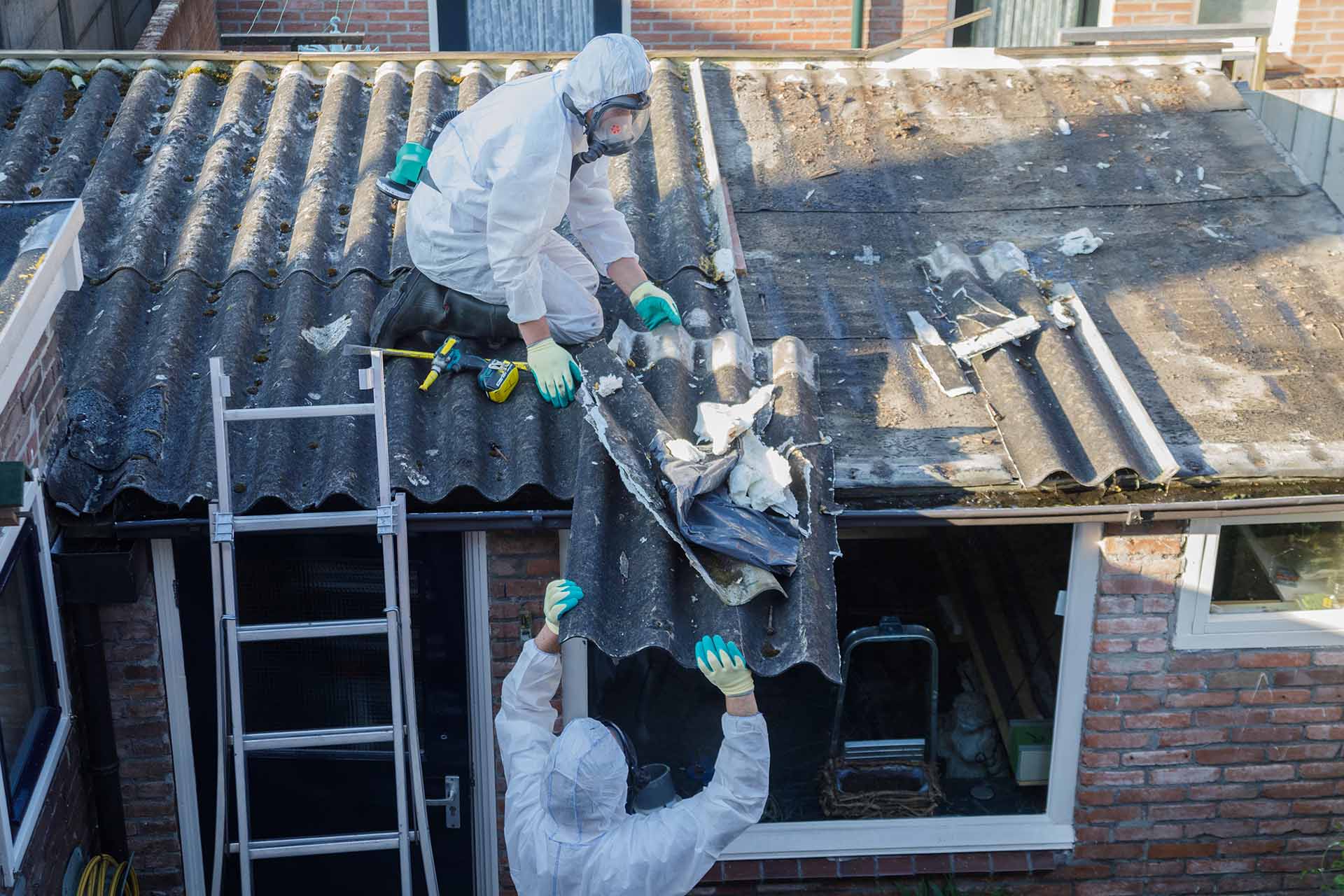This article contains a list of licenses that any building owner may request to see, to verify whether asbestos removal or assessment is being performed by a qualified person. Some critics have said that the regulations are too stringent. The Government bases its argument on the fact that around 170 Auckland deaths are still recorded each year as a result diseases related to asbestos.
The number of tonnes of asbestos-laced materials in Auckland infrastructure, such as buildings and underground pipelines, is not known. However, the amount is estimated to be in the tens or millions of tonnes. It will take many decades to eradicate asbestos from the daily lives of humans. Government regulations will be needed to ensure that asbestos is properly removed.
What a full Asbestos service can provide:
1. Site sampling and testing is done to determine where the contamination exists and whether it’s safe or not.
2. Develop a long-term asbestos management plan in order to protect everyone at the site from asbestos exposure.
3. Experts who are familiar with asbestos removal safely should be removing it.
What to ask for:
In 2016, the Government issued new Health and Safety (Asbestos) Regulations. The new Regulations have strengthened the requirements for asbestos removal company in Auckland.
- Thorough Training for all asbestos-related services ensuring that all health regulations are met
- Implementing a check and balance such as inspections by inspectors
- safety management system certification is required for class B removalists
A “Class A” removal service can:
You can deal with any quantity or type of asbestos-containing material, regardless of condition.
Class B licensed services can:
You can handle any asbestos that is “non-friable”. This means it is not crumbly or flaky, and is unlikely to be airborne. Other materials, such as roof tiles or wall boards, may contain asbestos.
No license is required if:
- The asbestos material to be removed is within a 10 square metre space.
- Asbestos in the material is not “friable”, meaning it will not become airborne.
- The ten-square-metre limit includes the entire removal process. For example, a 100-square metre asbestos area cannot be removed by removing ten square meters per day for ten consecutive days. This service requires a class B license.
What is a “Assessor’s” licence
A asbestos tester has the right to test air quality when asbestos is removed.
Once the asbestos material has been removed, the assessor will make sure that the air is free of any asbestos fibers. This clearance must also be permanent during the entire removal process.
A licence for an assessor is needed to supervise all asbestos removal sites of Class A (friable).
A “independent competent” person, such as a project manager, or an employee of a removal service can grant a clearance certificate for Class B sites.

